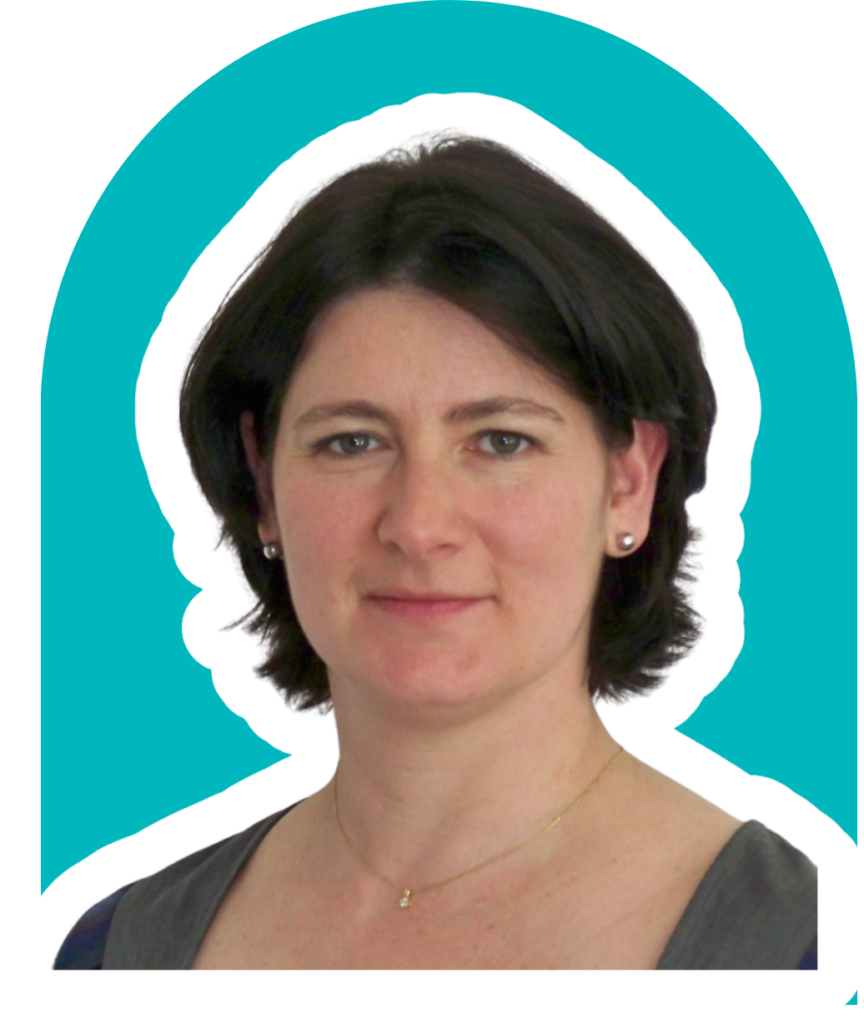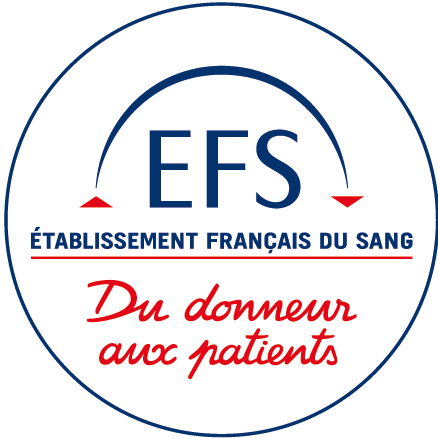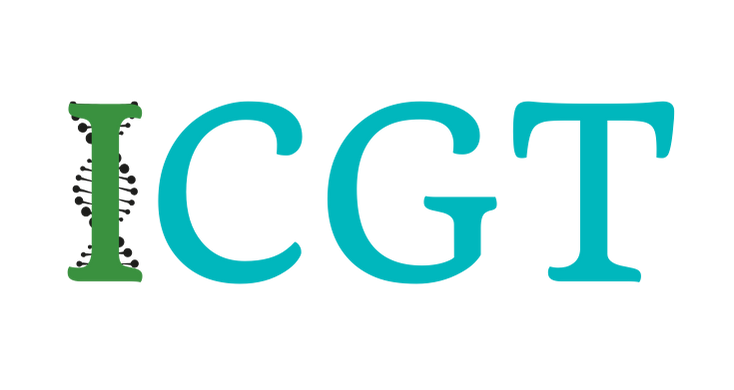
Cell therapies
Sophie derenne
Head of Market Analysis and Development at EFS
“Cell therapy represents a revolution on par with the advent of antibiotics.”

The Etablissement Français du Sang, or EFS, is a public body with a monopoly on the collection of blood from blood donations. The EFS also has a number of other activities relating to the development and production of cell-based therapies. For several years, it has been involved in conventional cell therapy, i.e. haematopoietic stem cell transplants for haematology patients. Gradually, the EFS has extended its bioproduction activities to new cell types, now recognised as advanced therapy medicinal products (ATMPs)
Cell therapies at EFS
- How long has the EFS been working on cellular therapies?
The EFS was already working on the cell as a therapeutic tool long before the MTI status came into being, especially as we have research teams (usually joint, Inserm and others) working on the research and development of biotherapies, of which ATMPs are a part.
With the changes in regulations, the EFS has quite simply brought itself into line. EFS now has 4 pharmaceutical establishments in Nantes, Créteil, Besançon and Grenoble. The Besançon Innovation Platform (PIBT) was accredited following a call for proposals for an industrial integrator. The integrator offers researchers or biotech companies the opportunity to take charge of beta-testing or technological transposition of the bioproduction part of their cell therapy, including, for example, the transition to a closed circuit, scale-up, etc. The aim is to ensure that R&D projects reach the first stages of clinical trials. The EFS will soon be celebrating its 25th anniversary as a single institution.
- What does the Biology, Therapy and Diagnostics Department do?
This department manages cell therapy and bioproduction activities, the specialised analysis laboratory, reagent production and the provision of products, particularly for teaching and research. It is this last activity that will enable cells to be made available to research teams.
- Can you tell us about your role in this department?
As head of the market analysis and development department, my job is to keep abreast of developments in our field: How and where is science evolving? What new medicines will revolutionise transfusion or cell therapy, for example? Who are the innovators in this field?
This enables us to propose new directions, for example in the field of CAR-T cells, that have revolutionised immunotherapy. I’m also helping to raise the profile of our services. It’s true that our expertise is recognised by our customers, but many people, including those in the biomanufacturing sector, think that the EFS only deals with blood donations. We have a very broad range of activities, and it’s important to raise awareness of these different areas. The aim is to make our structures and expertise available to as many professionals as possible.
‘Many people, including those in the biomanufacturing sector, think that the EFS only deals with blood donations’.
Innovations, challenges and prospects for cellular therapies
- How has the field of cell therapy evolved during your career?
‘CAR-Ts are no longer fashionable in 2024, they have been replaced by ADCs’
I find this development rather strange. In a way, things are speeding up. You could say that cell therapy began with haematopoietic stem cells and then mesenchymal stem cells. At the time, there were already clinical trials with immunotherapies, notably in Besançon, but these remained more or less confidential. It was CAR-Ts that really brought to light the potential of cellular therapies, contributing to the craze for treatments based on genetically modified cells and viral vectors. Today, we have the impression that this enthusiasm is waning, particularly among investors: CAR-Ts are no longer ‘fashionable’ in 2024, replaced by ADCs. In my opinion, we are in a cycle that lacks scientific logic. The CAR-T field has benefited from massive, and probably excessive, investment at a certain point, without sufficient hindsight. However, like any emerging field, cell therapy is still in its infancy. As I’ve always said, cell therapy is the equivalent of antibiotics in terms of revolution, but it takes time.
- To date, more than forty cell therapies have been brought to market, including around ten based on mesenchymal stem cells. The pipeline of products in development is quite substantial in terms of number of candidates: what is your opinion on this dynamic?
Mesenchymal cells have been manipulated for several years. With the benefit of hindsight, we now have better control over their development and marketing. On the other hand, new types of cell therapy are more complex, but potentially more effective and, above all, more targeted. This means that we should certainly find it easier to reach Phases I/II, but we can expect a gap before moving on to Phase III, with potential funding problems.
I have also witnessed a positive evolution in the professionalism of project leaders. 10-15 years ago, they arrived with little knowledge of the cell therapy development value chain. Today, on the other hand, they have a better grasp of the field, and in particular of the prerequisites for moving into clinical trials. As a result, I think this will speed up the arrival of new cell therapies that can be approved. Of course, we can’t expect all the products in the pipeline to reach the market because of the attrition rates that apply to each phase.
- What are the latest tools and innovative technologies in the sector?
I’d like to mention CRISPR/Cas9 and other types of DNA scissors, revolutionary technologies that provide greater control over gene modifications of therapeutic targets. They will undoubtedly lead to new curative solutions for patients who have reached a therapeutic impasse. At the same time, we are seeing the emergence of innovative technologies for the production of these therapies. A few years ago, there were no automated machines suitable for producing cell therapies, compared with the equipment used to produce antibodies in CHO cells. Then came the first small machines for producing autologous CAR-Ts: this production model is likely to continue, given the development of personalised medicine. However, this autologous model will not be economically viable in the long term to treat a growing number of patients unless the cost is reduced, for example by optimising quality control processes (representing 30-40% of the price). We could also move towards allogeneic models, but we are still lacking some technological innovations for this.
‘The production of autologous CAR-T will not be viable on a large scale unless costs are reduced’.
- Technological innovations are providing solutions to optimise the development of cell therapies, and also to remove barriers throughout the value chain. In your opinion, what are the main challenges to be resolved?
‘French academic research has a fine ecosystem in cellular therapies, but it has too few links with industry’.
Each stage of development, from R&D to biomanufacturing, has its own barriers. In France, on the R&D side, I think we have a good ecosystem of academic teams developing innovative products, and strong financial support from the government. However, one of the pitfalls I see at national level is that this research is not systematically linked to industry. We end up with a model where most of the time the researcher has to set up a start-up to take his cell therapy project forward, with all the difficulties associated with entrepreneurship. The associated constraints, including the enormous difficulty of finding private funding, mean that, unfortunately, many start-ups fail despite promising and innovative projects.
- Talking of private funding, why is it so difficult for cell therapy developers to convince investors?
First of all, investors need to be educated about development times in this field. A number of reports have shown that platforms such as Uber, for example, took around ten years to become successful. The same applies to biomedical products, which take a long time to come to fruition. We need to educate investors about the time it takes to develop a biotherapy, from non-clinical phases to clinical trials, and about the potential of cell therapy, without deluding them about the risks and the attrition rate in this field.
Speaking of risks, it’s important not to overreact to them. Take, for example, the FDA’s recent warnings, quite rightly, about the appearance of secondary tumours after CAR-T injections. Here, it is important to consider the benefit/risk balance for the patient, who is often at a therapeutic impasse, without forgetting that this type of risk is also present for other types of oncology treatment, such as conventional chemotherapy.
- This year, MabDesign launched the first edition of its annual conference on cell and gene therapy, the ICGT (Innovations for Cell & Gene Therapies), in response to the need for industry and academia to meet and gain greater visibility. You were a member of the scientific committee for this first event. What is your feedback from the conference?
For a first edition, it was a great success. The presentations were of a very high standard and there were a lot of people in attendance. Clearly, we almost regretted that it only lasted one day, but frankly, it was a great success. We can’t wait for the next edition!
Sophie Derenne, interviewed by the MabDesign team - December 2024
Vous souhaitez en savoir plus ?

Don’t miss the second edition of the congress Innovations for Cell and Gene Therapies (ICGT) organised by MabDesign in collaboration with the SFTCG, that will take place in Paris on May 22nd & 23rd, 2025.
You can already register or contact us for more information !
MabDesign has acquired and cultivated expertise in all areas associated with biomedicines and biomanufacturing. Our team is at your disposal to support you in all your projects related to the biotherapies sector, and in particular cell-based therapies. Feel free to explore our range of services, training courses and events if you’d like to find out more!

